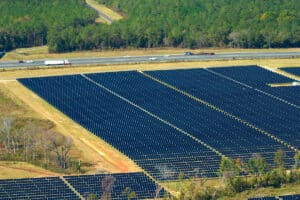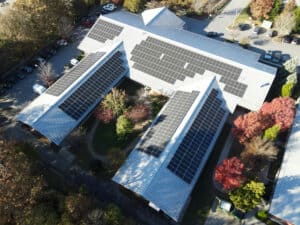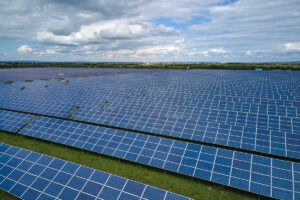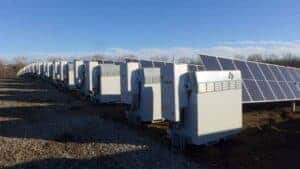New Jersey is a leading state when it comes clean energy adoption. The state has one of the most ambitious Renewable Portfolio Standards (RPS) in the U.S. with 35 percent of energy required to come from qualifying sources by 2025 and 50 percent by 2030. A 5.1 percent solar carve-out is included in the New Jersey RPS, creating Solar Renewable Energy Credits (SRECs). New Jersey’s Successor Solar Initiative program (SuSi) evolved from the states’ SREC program.
Read more about New Jersey Solar Legislation
SRECs are a solar incentive in the form of “certificates” that provide additional income from solar electric generation. For every megawatt-hour (MWh) or 1,000 kilowatt hours (kWh) of solar electricity generated, one SREC can be earned. Utilities in states like New Jersey are required to obtain a percentage of their electricity from solar energy systems, and they purchase SRECs to do so.
How corporations can invest in Solar Renewable Energy Credits (SRECs)
What is the Successor Solar Initiative program?
The New Jersey Successor Solar Initiative program was created with the goal of maintaining a balance between market stability and flexibility. Flexibility is important due to the ever changing field of solar technology. SuSi went into affect in August of 2021 and approved 3,750 MW of solar, doubling New Jersey’s solar capacity.
SuSi consistes of two sub-programs, Administratively Determined Incentive (ADI) and Competitive Solar Incentive (CSI). ADI provides incentives for net metered residential projects, net metered non-residential projects of 5 MW or less, and all community solar projects. CSI provides incentives for grid supply projects and net metered non-residential projects greater than 5 MW. Incentive values vary depending on size and market segment. Click the links above to determine the incentive value for your project.
What did the Successor Solar Initiative program evolve from?
SuSi evolved from New Jersey’s SREC and Transition Renewable Energy Certificate (TREC) programs, the later created by the states’ board of public utilities. Both of SuSi’s predecessors offered solar incentives that were determined based on a MWh basis. However, SREC offered variable pricing while TREC’s offered fixed pricing. SREC values have ranged from $50 to $600 while TREC is based off a set price of $152 per TREC. TREC ranks project by type and location. Projects part of the TREC program currently cannot take part in SuSi.
Interested in taking advantage of solar initiatives?
If you live in New Jersey or another state with solar initiatives like the Successor Solar Initiative program, partner with EnergyLink to take advantages of the benefits these initiatives offer. Our team of experts will help you get lower, more predictable power pricing with a project designed, built and funded to meet your unique needs. To get started, click the link below for a free quote. To speak directly with a team member, dial (866) 218-0380. If you would like to stay updated on energy industry insights, click here to subscribe to our blog.






